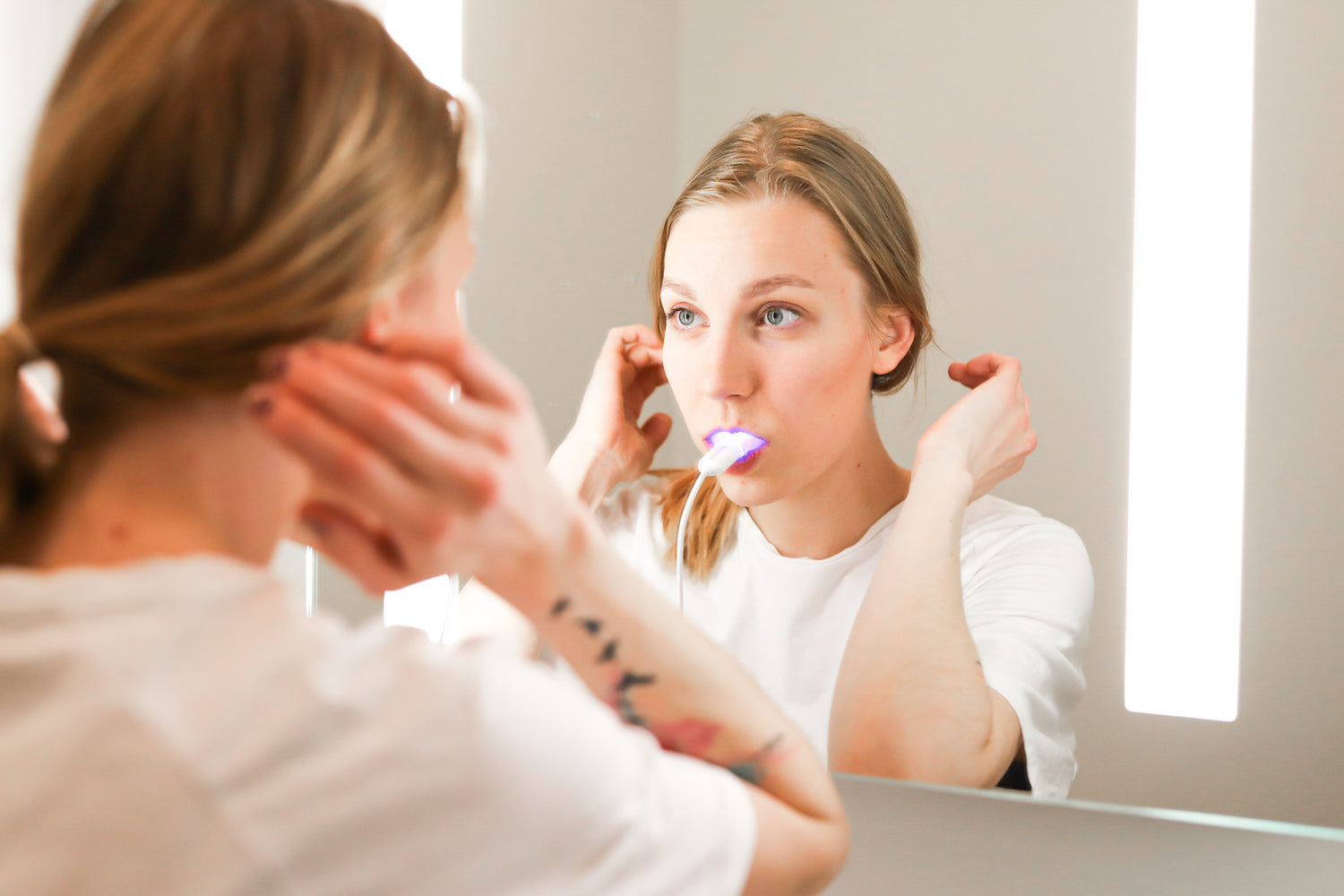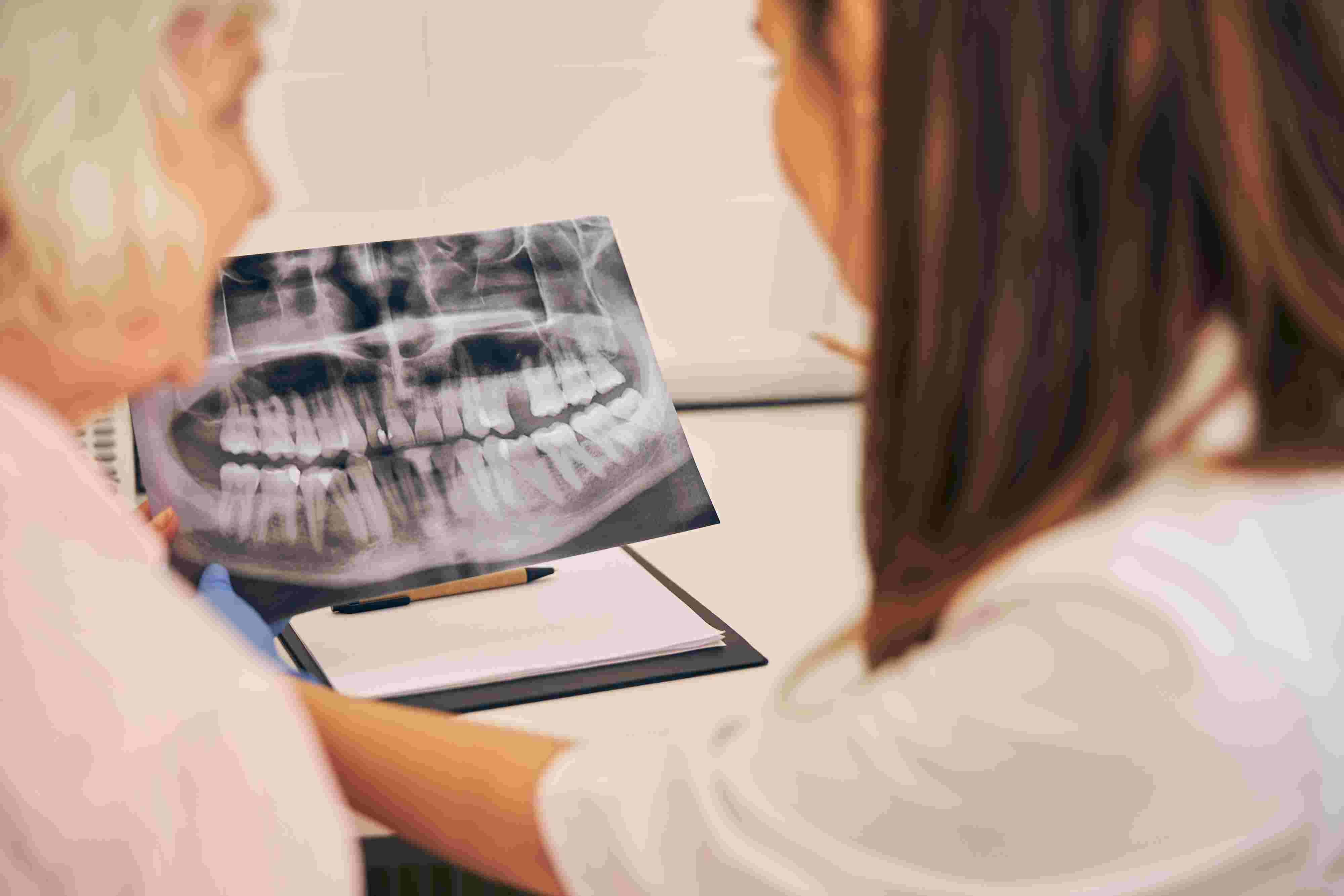Periodontitis, or severe gingivitis, is a common disease that is estimated to affect about 20-50% of the global population – often without any symptoms at all. Now, for the first time, a Finnish study has produced encouraging results in identifying young people at risk of the disease.
It is estimated that around 10% of young people in Finland have an onset of periodontal disease, but the susceptibility remains throughout life. The incidence of the disease increases significantly between the ages of 20 and 40.
“Therefore, identification of patients at risk should take place at an early age, preferably under the age of 20 when the onset and progression of this dental adhesive tissue disease can still be influenced,” says Ismo T. Räisänen, DDS, PhD, MSc(tech) from the University of Helsinki.
Räisänen has been part of a Finnish research team that has been actively searching for years for ways to overcome the serious gum disease, periodontitis, using modern methods of diagnosis and treatment.
A major focus of research has been the so-called immunological rapid test for active matrix metalloproteinase-8 (aMMP-8) developed by Professor Timo Sorsa of the Department of Oral and Maxillofacial Diseases at the University of Helsinki. It can be used to detect whether a periodontal breakdown of gum tissue is underway in a person's gum pockets even before it can be seen visually.
The effect of antibacterial photodynamic therapy (aPDT) in the prevention and treatment of gum infections including periodontitis and peri-implantitis has also been extensively studied and has also produced a large body of positive clinical evidence.
The Lumoral method, which is based on aPDT light therapy, hampers plaque formation and significantly reduces the amount of periodontal bacteria in the mouth. Elderly people, for example, are particularly well suited to the teeth cleaning method's user profile, as optimal oral self-care is critical in this age group.
Dr Räisänen's recent thesis Risk factors and active matrix metalloproteinase-8 (aMMP-8) diagnostics for initial periodontitis in adolescents provides further confirmation of the usefulness of the aMMP-8 mouthrinse point-of-care (PoC) test for the identification of initial periodontitis in adolescents. Among other things, the study found that while saliva and mouthrinse are both useful in aMMP-8 diagnostics, mouthrinse appears to be more accurate than saliva.
The aMMP-8 test can be used to help assess the risk of the onset and progression of periodontitis. The aMMP-8 test can also be used to monitor the effectiveness of periodontal treatment by a professional.
“Based on the results of the thesis, it would be useful for every young person to have an aMMP-8 test done at least once before the age of 20, especially if they have other risk factors for periodontal disease.”
Test result in minutes
MMP-8 is an enzyme produced mainly by neutrophils, the most common white blood cells in humans. It plays a key role in inflammatory processes in the body. However, in the case of periodontitis, the inflammatory process of the body results in the activation of the MMP-8 (aMMP-8) enzyme and the breakdown of periodontal tissue that helps keep teeth in place.
The five-minute test that can help measure the risk of active periodontal adhesion tissue loss and its progression helps complement the diagnosis, outcome monitoring and maintenance treatment of periodontitis and peri-implantitis.
“At the same time, it enables early referral of young people at risk of developing severe gum disease for further investigation and treatment,” Räisänen explains.
Early signs of periodontal disease include red and bleeding gums and halitosis. Once established, the disease is a 'tenacious' companion that progresses if not treated carefully.
The cornerstone of treating gum disease is good oral hygiene, which requires professional help, as the oral biofilm that has hardened into tartar must first be removed from the tooth surface and gum pockets. This is followed by cleaning of the teeth through careful oral hygiene to prevent the formation of new tartar in the gum pockets.
According to the National Institute for Health and Welfare (THL), more and more people in Finland brush their teeth at least twice a day. However, there are still gaps in oral self-care. Although brushing teeth and interdental spaces is an effective way to clean teeth, studies show that brushing leaves up to half of the plaque on the tooth surface.
Careful prevention pays off
Räisänen stresses that prevention and timely treatment of periodontal disease are important both for the health of individuals and economic well-being of society.
The treatment of periodontitis, especially severe periodontitis, is expensive and ties up a lot of resources. It is also important to be aware that the harmful effects of periodontal disease are not limited to the mouth and teeth. It is linked to a number of underlying diseases such as diabetes, cardiovascular disease, pulmonary disease, various cancers and also to complications of COVID-19. According to one scientific study, a first heart attack is 30% more common in people with periodontal disease than in healthy people of the same age.
“Now is the time to start investing in oral disease prevention as public health care resources are already stretched. Early detection and treatment of periodontal disease is cost-effective at all ages. Good oral health is part of overall health and improves patients' quality of life,” says Anna Maria Heikkinen, Professor of Clinical Dentistry, Associate Professor of Clinical Periodontology, University of Tampere, Specialist Dentist in Healthcare and Clinical Dentistry.
According to Heikkinen, identifying young people at risk of periodontal disease can reduce over- and under-treatment. Individual risk factors should be taken into account and a oral home care plan should be drawn up for each individual on this basis, using appropriate dental care tools.
“This is cost-effective and can save money in the future by reducing the cost of treating adult periodontitis. Investing in young people is an investment in the future!”
Heikkinen says that, as research leader, she will launch a follow-up study in autumn 2023 to assess the oral health of young people, combining aMMP-8 diagnostics with antibacterial Lumoral treatment. The aim is to gain a broader understanding of how aPDT treatment, when used regularly, affects the oral health of adolescents.
Recent results in the adult population have been encouraging and more are expected later this year on the use of aPDT (Lumoral) in the treatment of oral diseases.
“We need information on how individualised prevention of oral diseases, both periodontal disease and tooth decay, can be improved and targeted with new methods in addition to standard home self-care in adolescents. The benefits of new innovations need to be examined through research before they are more widely adopted,” says Heikkinen.
In the adult population, there have recently been encouraging results on the use of aPDT (Lumoral therapy) in the treatment of oral diseases.
“Therefore, it is justified to investigate the benefits of aPDT in the prevention and treatment of incipient periodontitis and, why not, caries as well in adolescents. The impact will be evaluated in addition to and in support of normal self-care activities such as brushing teeth, cleaning between teeth and regular visits to the dentist and oral hygienist,” concludes Räisänen.
***
International Gum Health Day celebrated on 12 May 2023
Gum Health Day, promoted by the European Federation of Periodontology (EFP), the umbrella organisation for periodontology in Europe, is celebrated annually on 12 May.
The aim of this anniversary, which highlights the importance of oral health, is to raise awareness among health professionals and the general public of the need for prevention, early diagnosis and treatment of periodontal and peri-implant diseases, and to highlight the importance of periodontal health as part of good general health.
The slogan for this year's Health Day is "Healthy gums look good. Protect them!". This is to highlight the importance of periodontal health as part of good general health, without forgetting the importance of aesthetics.



Leave a comment
This site is protected by hCaptcha and the hCaptcha Privacy Policy and Terms of Service apply.